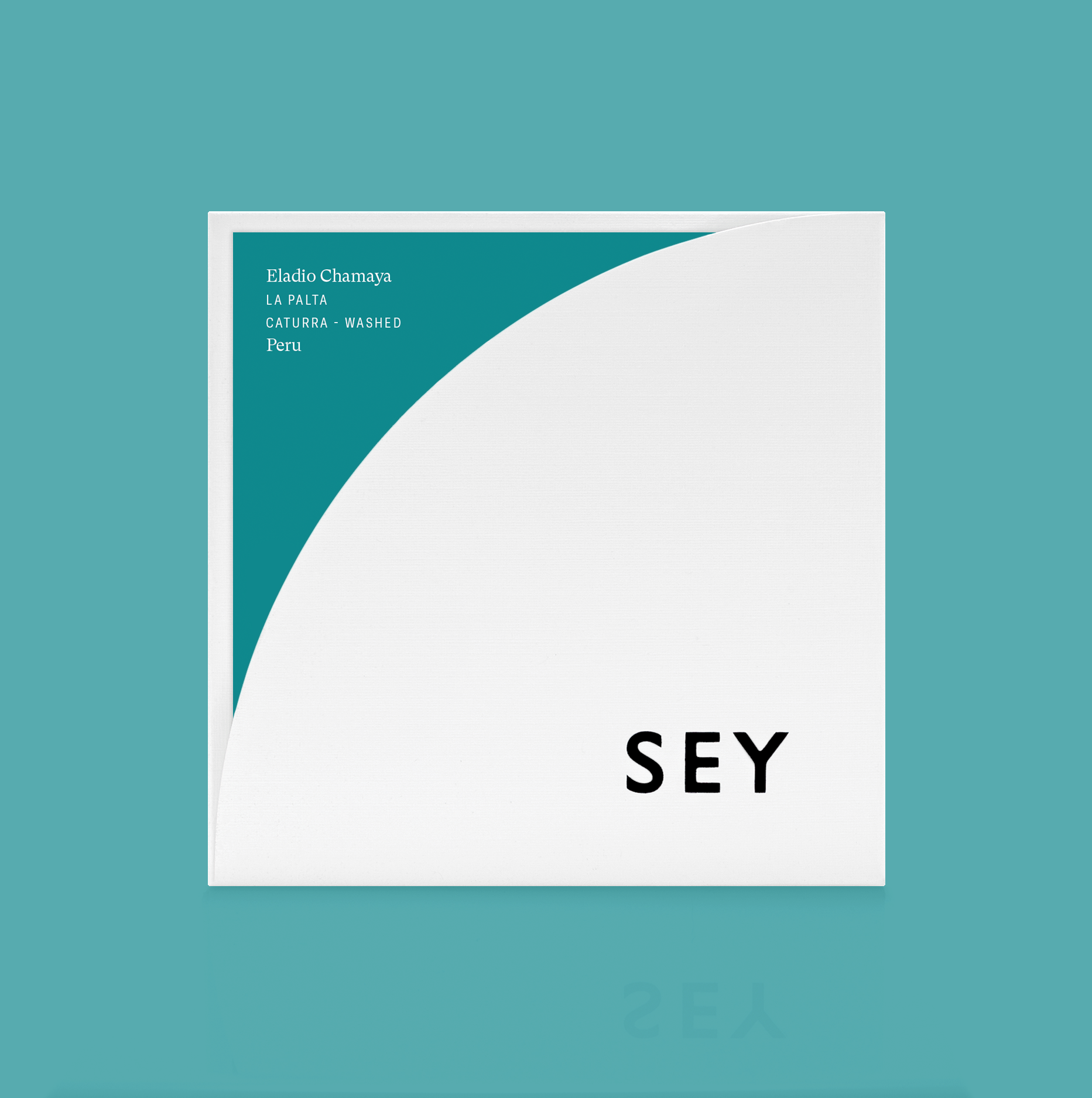
Cajamarca continues to impress in both quality and diversity of coffees and profiles. This 100% Caturra selection is classically elegant in its depth and sweetness. In the cup we find ripe red fruit, chocolate-like body and sweetness, and a soft orange acidity.
Caturra
San Ignacio, Cajamarca
1,699 masl
July, 2021
Hand picked at peak ripeness. Floated to further remove defects. Depulped. Wet fermented for 30 hours. Washed. Dried on raised beds for 10 days.
ABOUT ELADIO CHAMAYA
This is a continuation of our exploration of Cajamarca, Peru. One of the things most interesting about this coffee producing region is how untouched it is in terms of modernization. Eladio is exemplary of this; producing organically by virtue of knowing no other way. Combining that simplistic approach with the heirloom varieties of Typica and Bourbon makes for an easily to romanticized story. However, it comes with a healthy amount of challenges that make Cajamarca as difficult to work in as it is inspiring.
ABOUT CATURRA
Caturra is a natural mutation of the Bourbon variety. It was discovered on a plantation in the state of Minas Gerais in Brazil sometime between 1915 and 1918. Today, it is one of the most economically important coffees in Central America, to the extent that it is often used as a benchmark against which new cultivars are tested. In Colombia, Caturra was thought to represent nearly half of the country’s production before a government-sponsored program beginning in 2008 incentivized renovation of over three billion coffee trees with the leaf rust resistant Castillo variety (which has Caturra parentage).
Pricing Details
Farm Gate (Local)
938.45 PEN/Quintal
Farm Gate (USD)
~$5.38/KG
FOB
$5.50/KG
FOT
$9.91/KG
The cost of getting a coffee from cherry to beverage varies enormously depending on its place of origin and the location of its consumption. The inclusion of price transparency is a starting point to inform broader conversation around the true costs of production and the sustainability of specialty coffee as a whole.